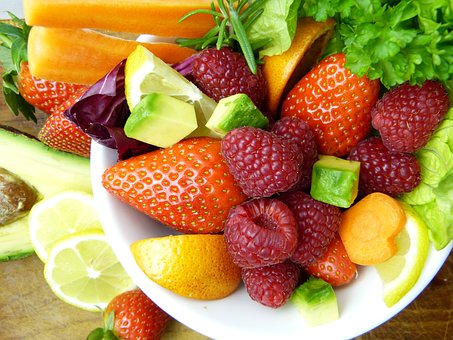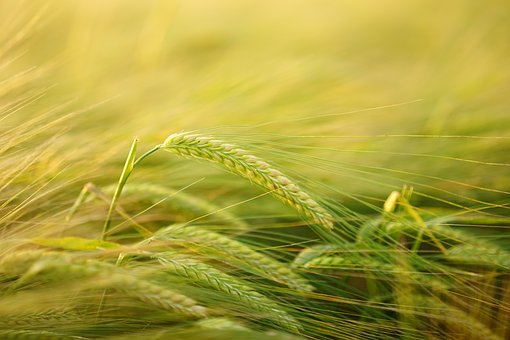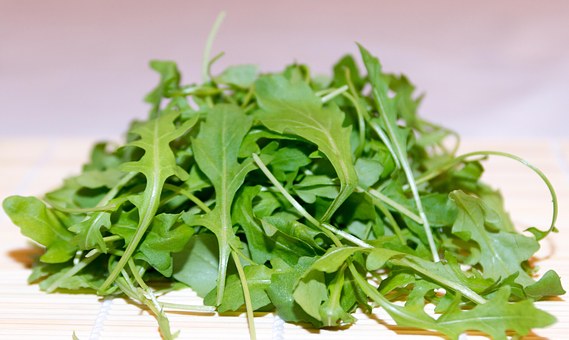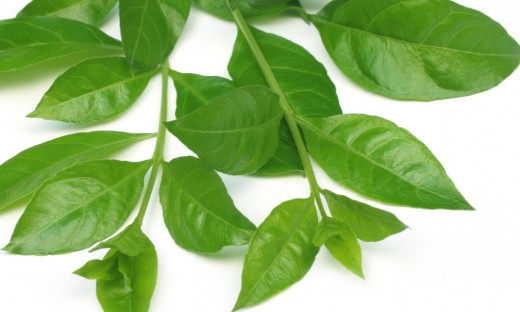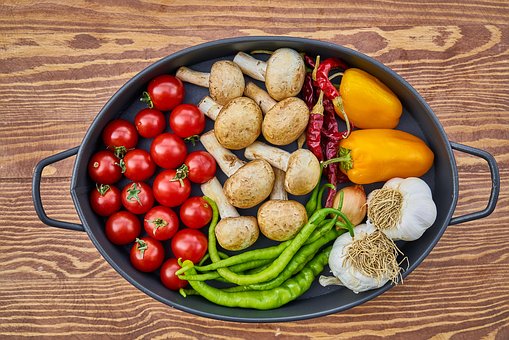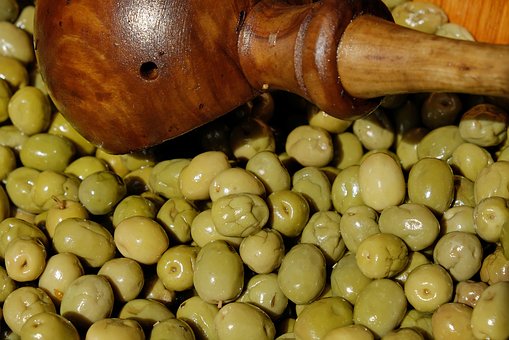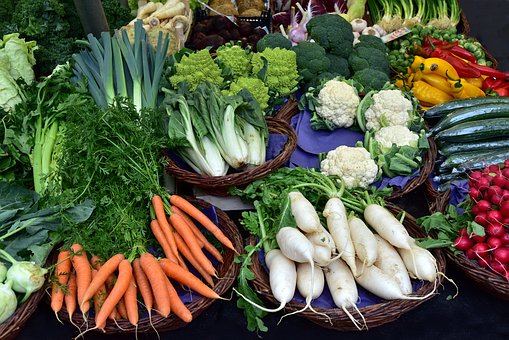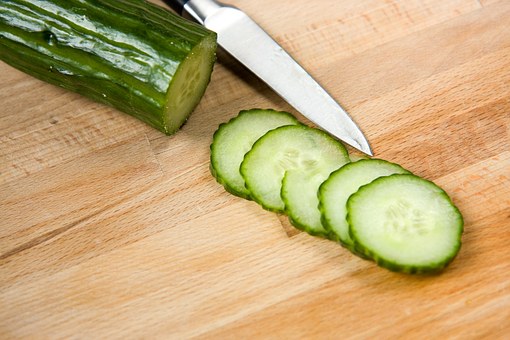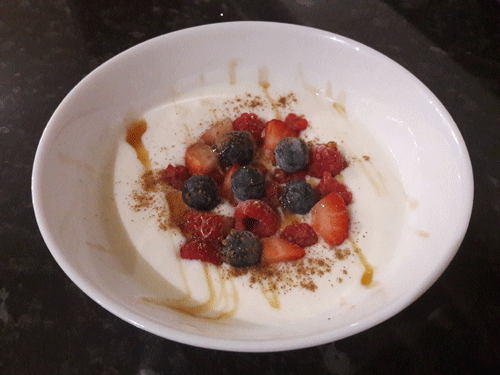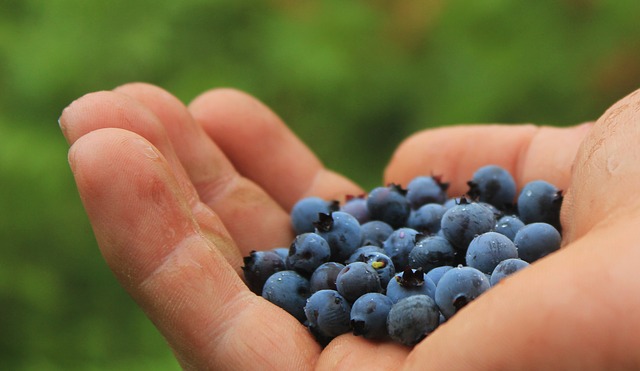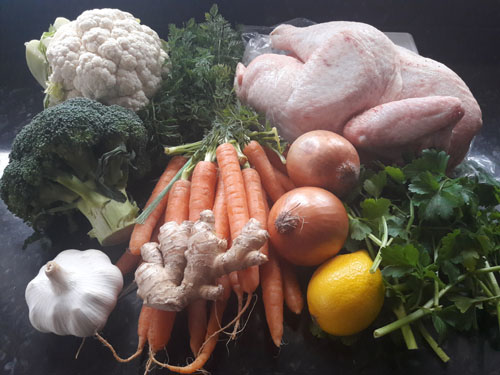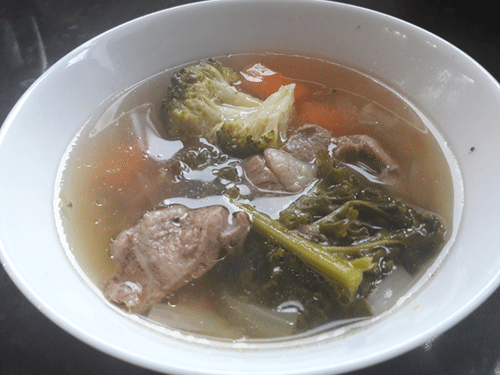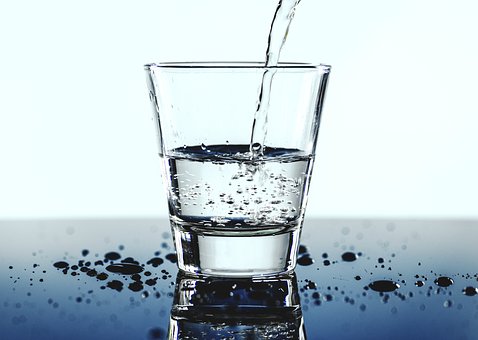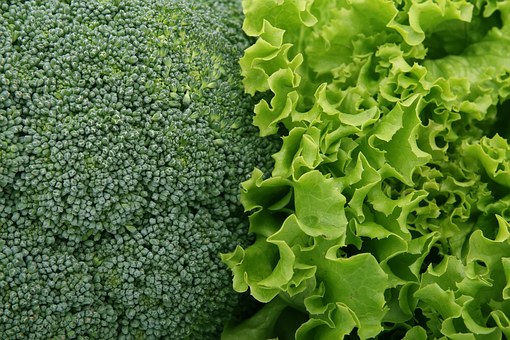Reasons to Eat Papaya
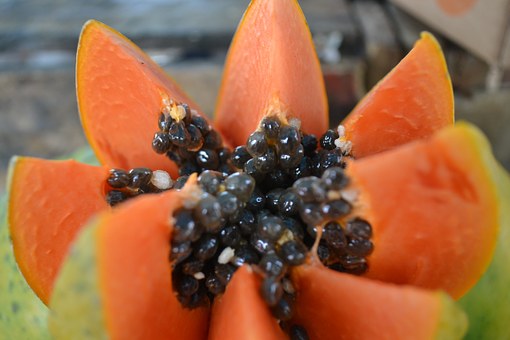
The papaya is also known as "Paw Paw", and it is a pear-shaped fruit with yellow-orange skin, an orange-pink flesh and black seeds in the center. It has a soft, buttery texture and is sweet-tasting. Its bitter seeds are also edible.
Papaya is an excellent source of Vitamin C, and also contains Vitamin A, potassium, folate and fiber. It is well-known for its protein digestive enzyme, papain, and contains the carotenoid cryptoxanthin, which has been found to reduce the risk of lung and colon cancer, and possibly benefit arthritis.
Health Benefits
Papaya is sometimes referred to as the ultimate fruit for digestion. This is because it contains the unique enzyme papain, which helps to digest proteins and therefore improves digestion.
Papaya has been shown to be a cancer-preventing fruit. One research study showed that women who had an increased consumption of beta-cryptoxanthin and zeazanthin, as well as Vitamin C, all found in papaya, had lower rates of the cervical cancer virus, human papillomavirus (HPV). Therefore, the researchers concluded that consuming at least one papaya per week could lower the risk of contracting this viral infection.
Macular Degeneration
Phytochemcials found in the papaya have shown to decrease the risk of age-related macular degeneration, by maintaining better eyesight for longer in older people.
Burn/wound Healing
Scientists have found that antioxidants and natural enzymes in papaya can accelerate the healing of burns and wounds. It has also shown to lower inflammation, which is why it can be useful for diseases like arthritis and asthma.
Tips for using papaya
- Papaya trees produce fruit all year round, so you can enjoy fresh papayas at any time.
- Papaya is best eaten raw. Cut it in half, spoon out the seeds, and eat it like a melon.
- Papaya seeds taste like peppercorns and can be eaten whole or dried and ground, and used to flavor dishes.
- Papaya can be blended with other fruit or yoghurt to make a delicious smoothie.
References
- The General Practitioner. "The power of papaya could speed burn healing." GP. 2005;83.
- Giuliano AR et al. Dietary intake and risk of persistent human papillomavirus (HPV) infection: The Ludwig-McGill HPV natural history study. JID. 2003;188:1508-1506.
- Leclerc D et al. Proteasome-independent major histocompatibility complex class I cross-presentation mediated by papaya mosaic virus-like particles leads to expansion of specific human T cells. J Virol. 2007 Feb;81(3):1319-1326. Epub 2006 Nov 22.
- Mozaffarieh M, Sacu S, and Wedrich A. The role of the carotenoids, lutein and zeaxanthin, in protecting against age-related macular degeneration. Nutr J. 2003;2:20-28.
Link to this article: Show: HTML Link • Full Link • Short Link
Share or Bookmark this page: You will need to have an account with the selected service in order to post links or bookmark this page.





|
Related Articles:
Add a Comment
You must be registered and logged in to comment.
Most Popular
Latest Articles
Popular Subjects
Health, fitness and longevity
Based upon the principles of health
in the Qur'an and Prophetic Traditions.
HealthyMuslim.Com
There are two bounties in which
most people lose out: good health
and free time. Al-Bukhari.





